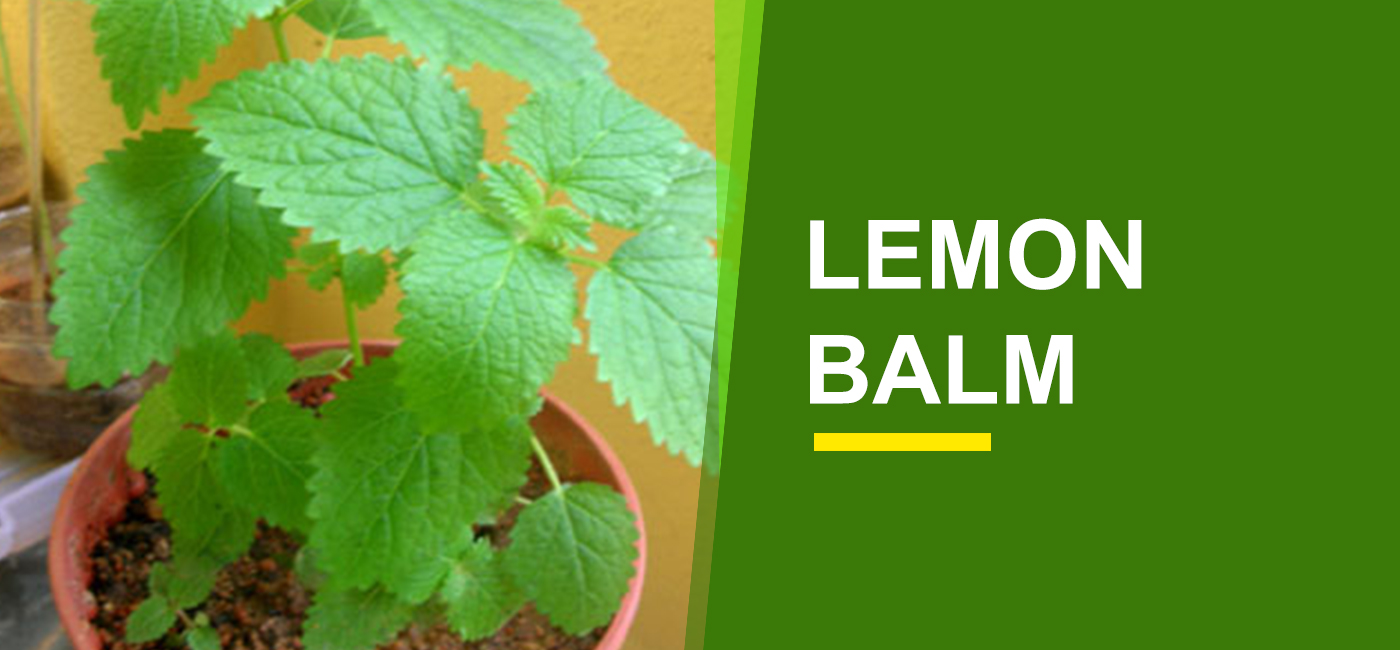Lemon Balm
OTHER NAME: Blam, malissa PLANT FANILY: Lamiaceae HEIGHT: A hardy perennial with toothed, oval almost heart-shaped light green leaves and small, yellow-white flowers HABITAT: Prefers full sun or lig

Common Name - Blam, malissa
Additional Info
With its distinctive lemon scent when its leaves are rubbed, lemon blam is a fragrant and easy-to-grow addition to the garden. Beloved by bees, its generic name derives from the Greek melissa, meaning ‘honey bee’. For centuries, lemon blam has been valued for various medicinal properties, with the Romans considering it a useful aid for reviving spritis. Brought over to Britain by the Romans, it was a popular herb in monastery gardens, used for refreshing teas and ointments. Its anti-melancholy association have continued over the centuries, with the seventeeth-century diarist john Evelyn writing that ‘Blam is sovereign for the brain, strengthening the memory and powerfully chasing away melancholy.’ Today it is used in aromatherapy to treat depression. Its culinary uses are in tisanes (with lemon blam and peppermint a popular combination), custard, fruit salads and jellies.



